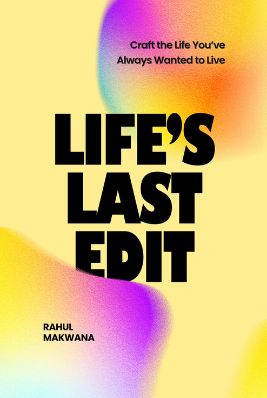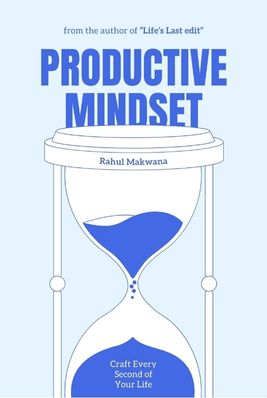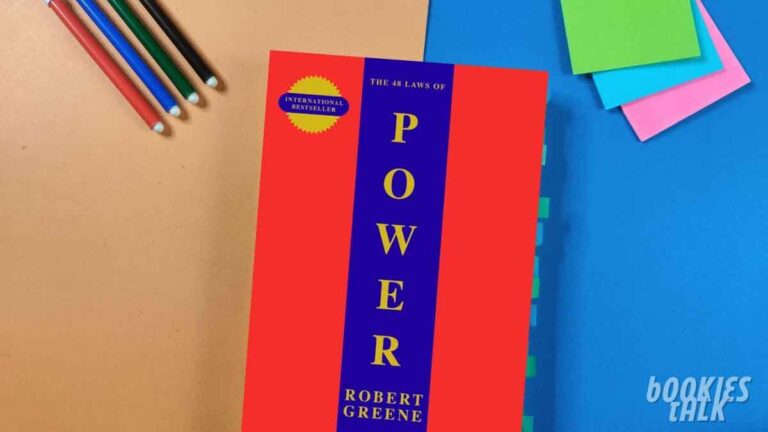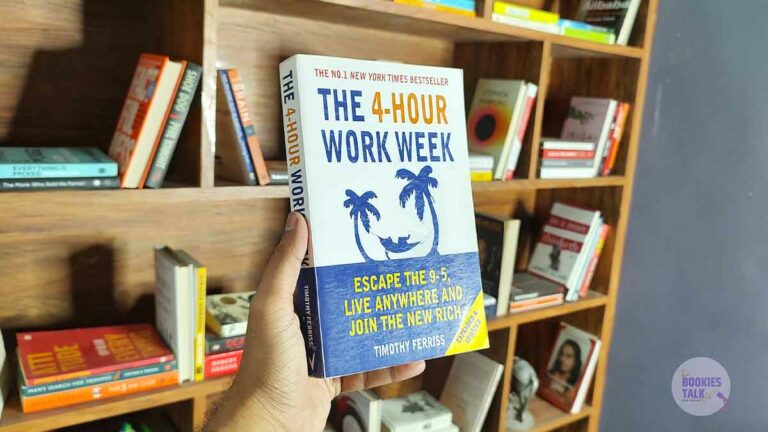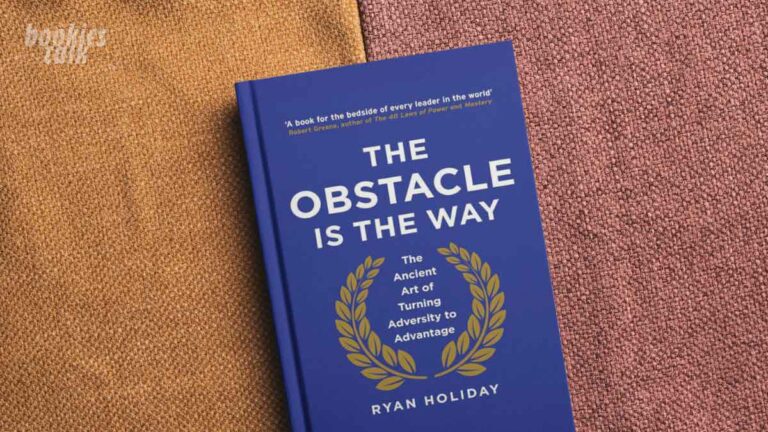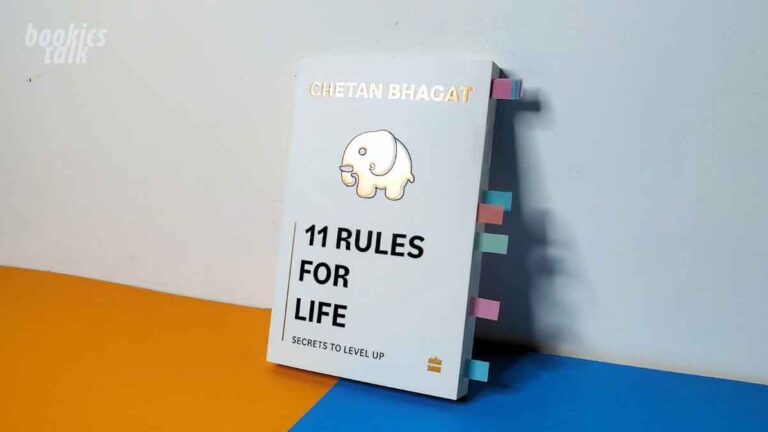Indistractable Summary (Plus PDF)
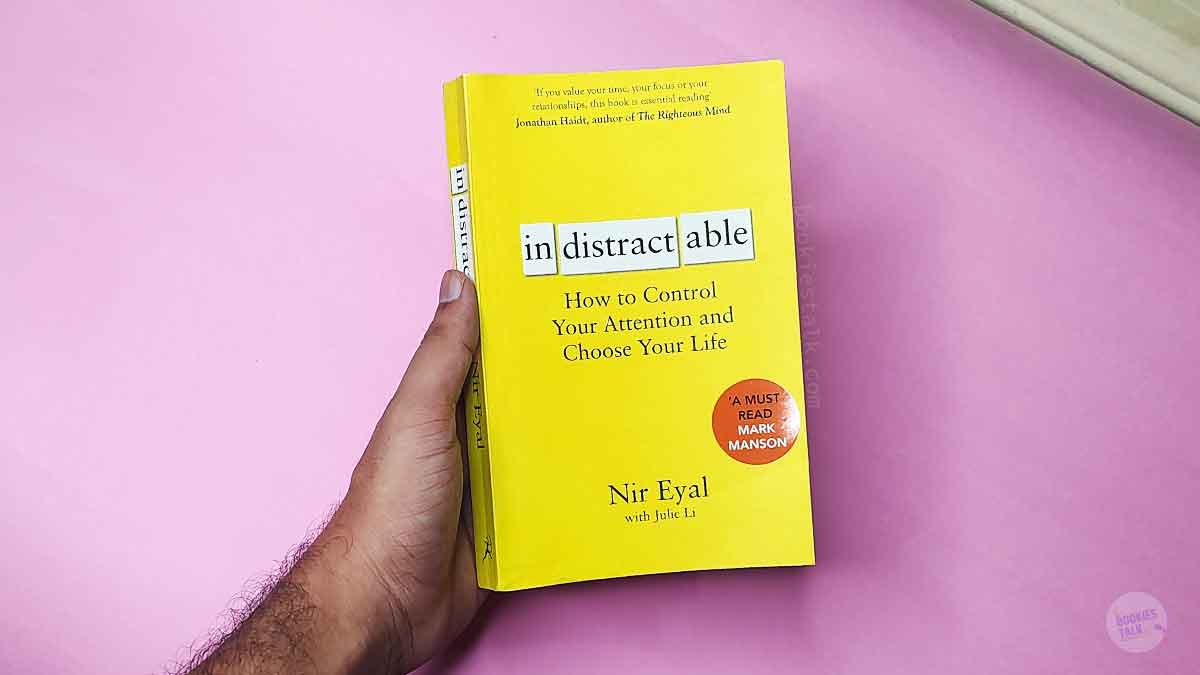
We always want to do the right things but while doing the right things, we always find ourselves in the wrong places, the same has happened to me and I’m sure you may have gone through the same in this modern Social Media world.
It’s hard to focus on one thing and be indistractable all the time, this same formula Nir Eyal has talked about in his Indistractable book.
Enter your email address To join the newsletter. I will be with you every Sunday at 9:00 AM (IST). See you on Sundays.
Indistractable Summary
I have stopped reading self-help books because these days, most new self-help books are repeating the same formula again and again, for example:
- Don’t Set Goals, Work on Your Habits.
- Don’t think about what people say, Focus on Your Self
- Don’t use Social Media for Entertermenet
- Sleep 8 Hours a Day
- Read Books
- Do Exercise every day
- Health is Wealth
- And, you’re responsible for your actions.
I can go on and on but these are the common things that the Self-help book talks about, I have said the same about Do Epic Shit by Ankur Warikoo, it’s based on the same formula but with a different perspective.
Back to the Indistractable book,
Nir Eyal talks about how you can identify your habits and take action on them and create a healthy lifestyle.
Don’t use social media if you don’t need it, turn off the smartphone notifications, observe yourself where you’re spending time, and lastly, only you have the power to change your life.
Now, let’s deep dive into each chapter and find out what Nir Eyal is trying to say to you…
I’m keeping my promise, this is the mini-ebook of Indistractable by Nir Eyal. So download right now and read wherever you want for free. Happy Reading.
Part 1: Master Internal Triggers
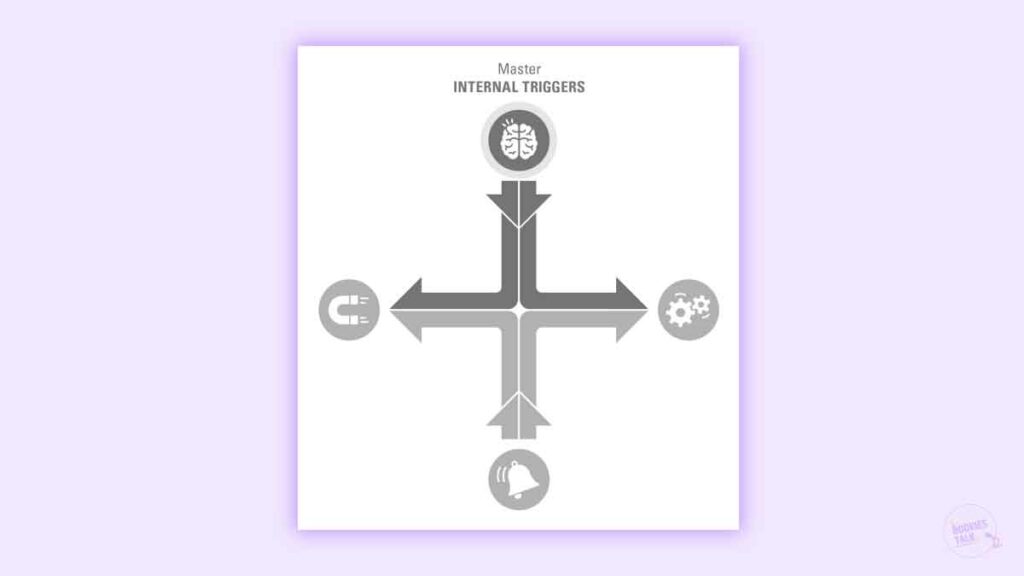
Many smokers believe it’s the chemical nicotine that causes their cravings. They’re certainly not wrong, but they’re not completely right either. Nicotine produces distinct physical sensations.
However, a fascinating study involving flight attendants demonstrated how even smoking cravings might have much less to do with nicotine than we once thought
Two groups of flight attendants who smoked were sent on two separate flights from Israel. One group was sent on a three-hour flight to Europe, while the other group traveled to New York, a ten-hour flight.
All the smokers were asked by the researchers to rate their level of cravings at set time intervals before, during, and after the flight.
If cravings were driven solely by the effect of nicotine on the brain, one would expect that both groups would report strong urges after the same number of minutes had elapsed since their last cigarette; the more time passed, the more their brains would chemically crave nicotine.
But that’s not what happened.
When the flight attendants flying to New York were above the Atlantic Ocean, they reported weak cravings.
Meanwhile, at the exact same moment, the cravings of their colleagues who had just landed in Europe were at their strongest. What was going on?
The New York-bound flight attendants knew they could not smoke in the middle of a flight without being fired.
Only later, when they approached their destination, did they report the greatest desire to smoke.
It appeared the duration of the trip and the time since their last cigarette didn’t affect the level of the flight attendants’ cravings.
What affected their desire was not how much time had passed after a smoke, but how much time was left before they could smoke again.
If, as this study suggests, a craving for something as addictive as nicotine can be manipulated in this way, why can’t we trick our brains into mastering other unhealthy desires? Thankfully, we can.
The same goes for Coffee as well, it’s not always about the caffeine but sometimes it could be about with whom you’re drinking.
Key Takeaways
By reimagining an uncomfortable internal trigger, we can disarm it.
- Step 1. Look for the emotion preceding distraction.
- Step 2. Write down the internal trigger.
- Step 3. Explore the negative sensation with curiosity instead of contempt.
- Step 4. Be extra cautious during liminal moments.
Part 2: Make Time For Traction
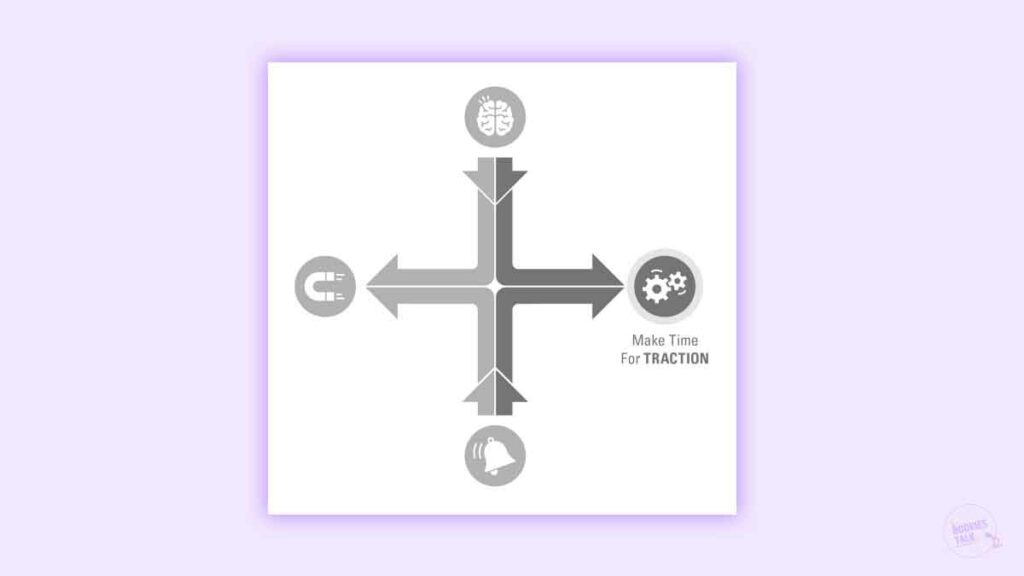
Whatever our values may be, it’s helpful to categorize them into various life domains, a concept that is thousands of years old.
The Stoic philosopher Hierocles demonstrated the interconnected nature of our lives with concentric circles illustrating a hierarchal balance of duties.
He placed the human mind and body at the center, followed by close family in the next ring, then extended family, then fellow members of one’s tribe, then inhabitants of one’s town or city, fellow citizens and countrymen next, finishing with all humanity in the outermost ring.
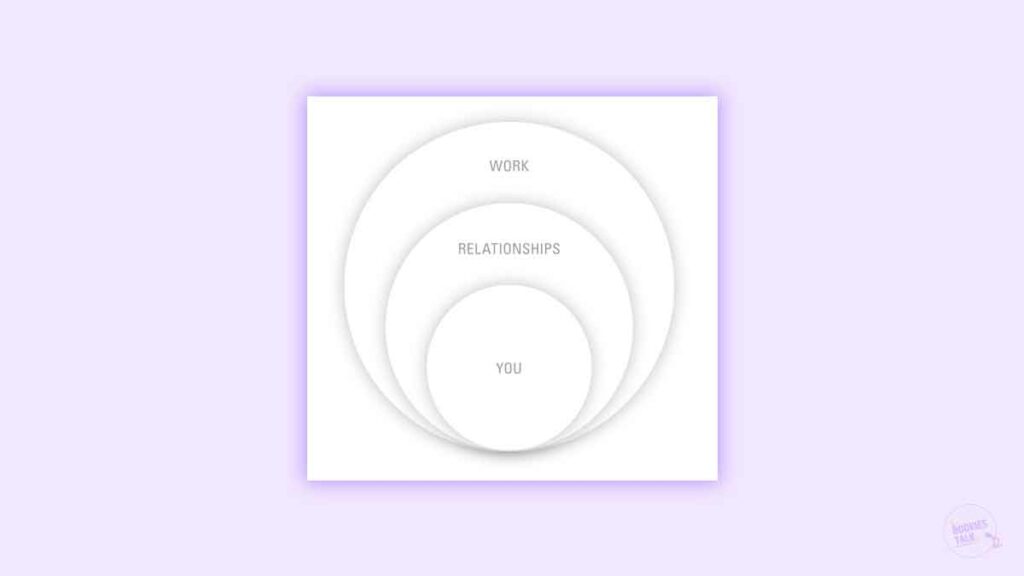
The three life domains: You, Relationships, and Work.
These three domains outline where we spend our time.
They give us a way to think about how we plan our days so that we can become an authentic reflection of the people we want to be.
How much time in each domain would allow you to be consistent with your values? Start by creating a weekly calendar template for your perfect week.
So let’s take a look at each in a simple way.
1. You
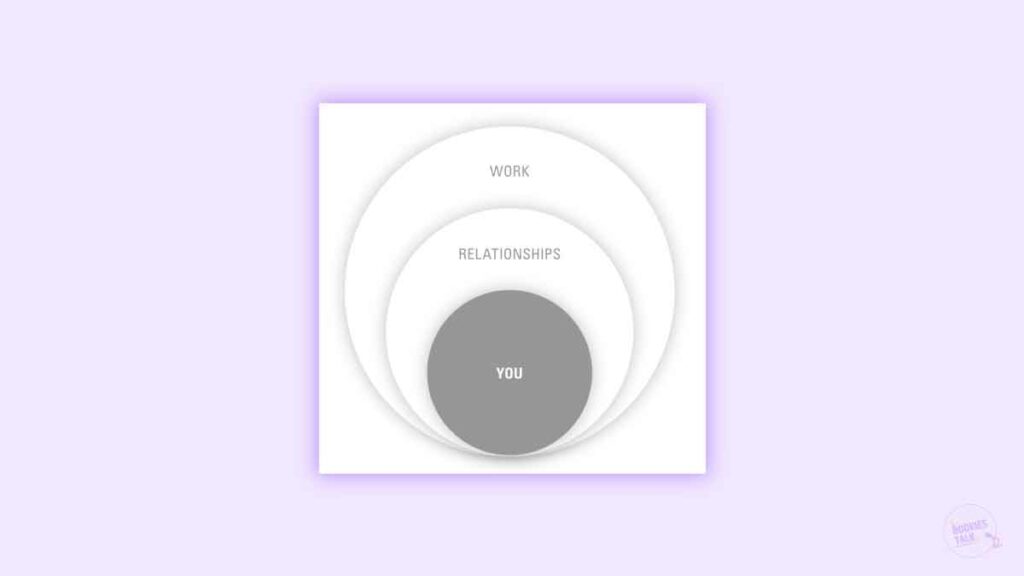
Like every valuable thing, you require maintenance and care, which takes time.
Exercise, sleep, healthy meals, and time spent reading or listening to an audiobook are all ways to invest in ourselves.
Some people value mindfulness, spiritual connection, or reflection, and may want time to pray or meditate. Others value skillfulness and want time alone to practice a hobby.
Taking care of yourself is at the core of the three domains because the other two depend on your health and wellness.
If you’re not taking care of yourself then your relationships will suffer.
Likewise, your work isn’t its best when you haven’t given yourself the time you need to stay physically and psychologically healthy
Key Takeaways:
- Schedule time for yourself first. You are at the center of the three life domains. Without allocating time for yourself, the other two domains suffer.
- Show up when you say you will. You can’t always control what you get out of the time you spend, but you can control how much time you put into a task.
- Input is much more certain than the outcome. When it comes to living the life you want, making sure you allocate time to living your values is the only thing you should focus on.
2. Relationships
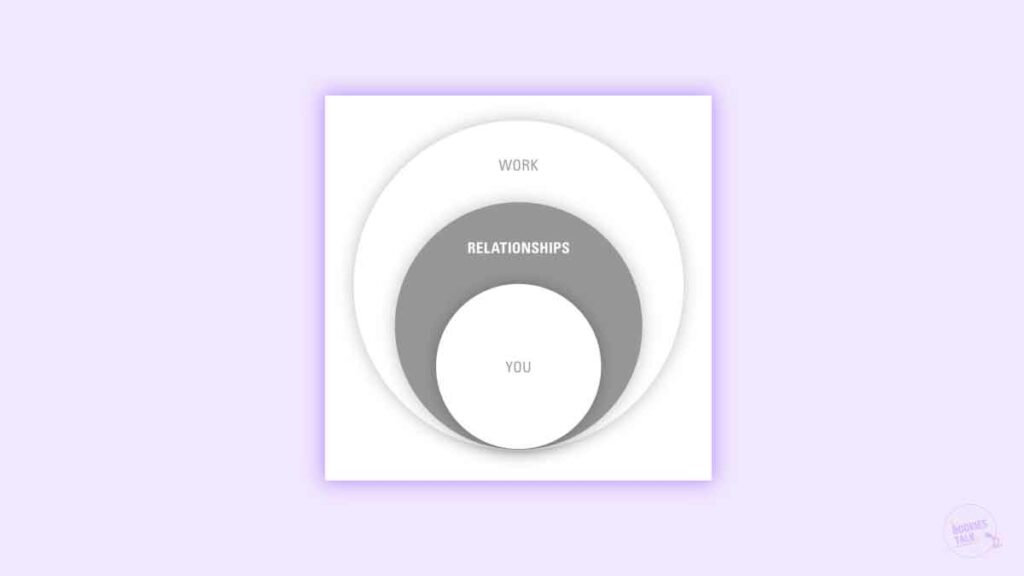
No matter what kind of activity fulfills your need for friendship, it’s essential to make time on your calendar for it.
The time we spend with our friends isn’t just pleasurable—it’s an investment in our future health and well-being
Perhaps the most compelling evidence that friendships affect longevity comes from the ongoing Harvard Study of Adult Development.
Since 1938, researchers have been following the physical health and social habits of 724 men. Robert Waldinger, the study’s current director, said in a TEDx talk,
“The clearest message that we get from this seventy-five-year study is this: good relationships keep us happier and healthier.
Key Takeaways:
- The people you love deserve more than getting whatever time is left over. If someone is important to you, make regular time for them on your calendar.
- Go beyond scheduling date days with your significant other. Put domestic chores on your calendar to ensure an equitable split.
- A lack of close friendships may be hazardous to your health. Ensure you maintain important relationships by scheduling time for regular get-togethers
3. Work
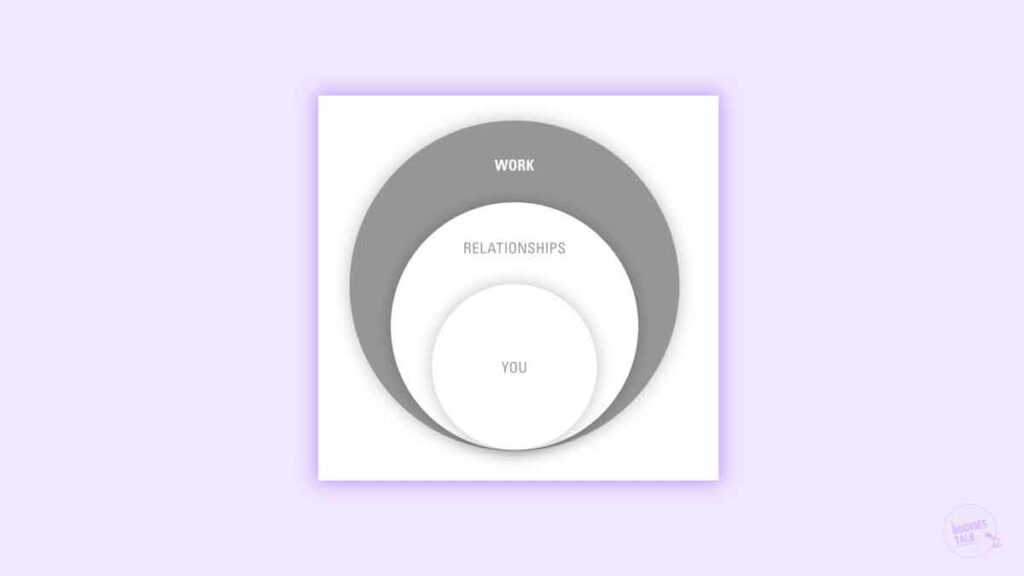
These questions are significant because they directly affect our schedules and, subsequently, the time we have for the other domains in life.
A recent survey found that 83 percent of working professionals check email after work.
The same study notes that two-thirds of respondents take work-related devices, such as laptops or smartphones, with them on vacation.
And about half of the respondents said they’ve sent work-related emails during meals with family or friends.
Whether at work, at home, or on our own, planning ahead and timeboxing our schedules is an essential step to becoming indistractable.
By defining how we spend our time and syncing with the stakeholders in our lives, we ensure that we do the things that matter and ignore the things that don’t.
It frees us from the trivialities of our day and gives us back the time we can’t afford to waste.
Key Takeaways:
- Sync as frequently as your schedule changes. If your schedule template changes from day to day, have a daily check-in. However, most people find a weekly alignment is sufficient.
Part 3: Hack Back External Triggers
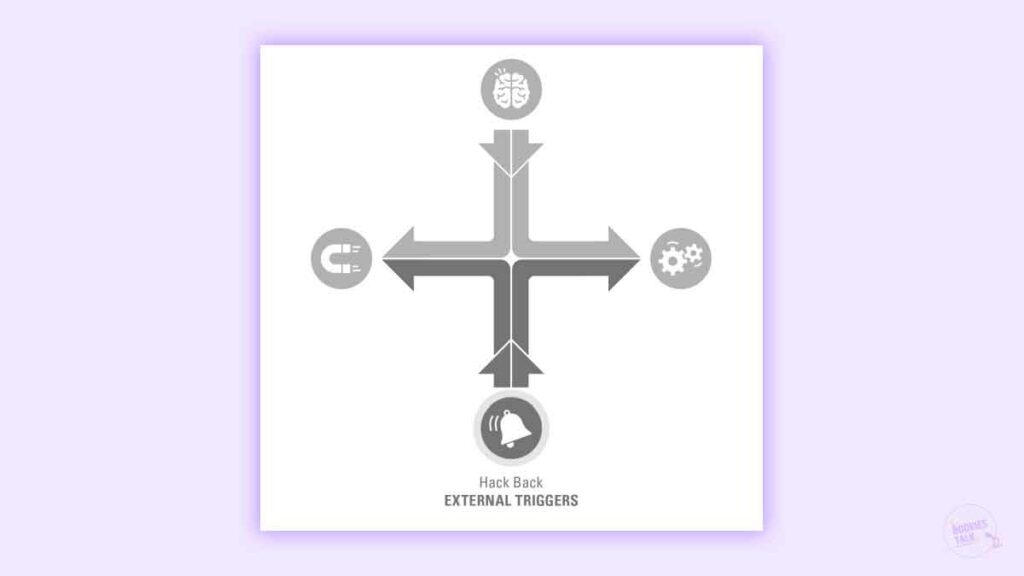
“When BlackBerry launched push email in 2003, users rejoiced: They didn’t need to constantly check their inbox for fear they’d miss important messages. When an email comes, BlackBerry promises, your phone will tell you”
David Pierce wrote in Wired magazine. Apple and Google soon followed and made notifications part of their phone operating systems.
Suddenly, there was a way for anyone to jump into your phone when they wanted your attention,
Pierce continued. “Push notifications proved to be a marketer’s dream: They’re functionally impossible to tell apart from a text or email without looking, so you have to look before you can dismiss.”
Checking those notifications comes at a high price. External triggers can rip us away from our planned tasks.
Researchers have found that when people are interrupted during a task, they tend to subsequently make up for lost time by working faster, but the cost is higher levels of stress and frustration.
Perhaps the answer is to simply ignore the external triggers.
Not so fast. A study published in the Journal of Experimental Psychology:
Human Perception and Performance found that receiving a cell phone notification but not replying to it was just as distracting as responding to a message or call.
Similarly, the authors of a study conducted at the University of Texas at Austin proposed that
“the mere presence of one’s smartphone may impose a ‘brain drain’ as limited-capacity attentional resources are recruited to inhibit automatic attention to one’s phone, and are thus unavailable for engaging with the task at hand.”
By having your phone in your field of view, your brain must work hard to ignore it, but if your phone isn’t easily accessible or visually present, your brain is able to focus on the task at hand.
Key Takeaways:
- External triggers often lead to distraction. Cues in our environment like the pings, dings, and rings from devices, as well as interruptions from other people, frequently take us off track.
- External triggers aren’t always harmful. If an external trigger leads us to traction, it serves us.
- We must ask ourselves: Is this trigger serving me, or am I serving it? Then we can hack back the external triggers that don’t serve us.
- Break down the problem. Time spent on email (T) is a function of the number of messages received (n) multiplied by the average time (t) spent per message: T = n × t.
- Reduce the number of messages received. Schedule office hours, delay when messages are sent, and reduce time-wasting messages from reaching your inbox.
- Spend less time on each message. Label emails by when each message needs a response. Reply to emails during a scheduled time on your calendar.
- You can hack back the external triggers on your phone in four steps and in less than one hour.
- Remove: Uninstall the apps you no longer need.
- Replace: Shift where and when you use potentially distracting apps, like social media and YouTube, to your desktop instead of on your phone. Get a wristwatch so you don’t have to look at your phone for the time.
- Rearrange: Move any apps that may trigger mindless checking from your phone’s home screen.
- Reclaim: Change the notification settings for each app. Be very selective regarding which apps can send you sound and sight cues. Learn to use your phone’s Do Not Disturb settings.
Indistractable Quotes
“Most people don’t want to acknowledge the uncomfortable truth that distraction is always an unhealthy escape from reality.”
“The better we are at noticing the behavior, the better we’ll be at managing it over time.”
“While we can’t control the feelings and thoughts that pop into our heads, we can control what we do with them.”
“Fun is looking for the variability in something other people don’t notice. It’s breaking through the boredom and monotony to discover its hidden beauty.”
“He believes that willpower is not a finite resource but instead acts like an emotion. Just as we don’t “run out” of joy or anger, willpower ebbs and flows in response to what’s happening to us and how we feel.”
“Anything that stops discomfort is potentially addictive, but that doesn’t make it irresistible. If you know the drivers of your behavior, you can take steps to manage them.”
Indistractable Review
We rate this Book 3/5.
Nir Eyal has also focused on the habits in his Indistractable book and because of that, I didn’t find this book compelling at all, it’s the same things about rewards and triggers but he shared it in different ways but the core is the same as Atomic Habits.
So yes, if you want you can skip the Indistractable by Nir Eyal and read the Atomic Habits, you will learn more about habits and how the human mind works in a better and simpler way.
Also, I have covered almost everything from the book including my notes.
Love What You Read, You Might Like These too…
By the way, we also have a WhatsApp Channel! If you love reading, this is the perfect place for you to join—and the best part? It’s completely FREE!

